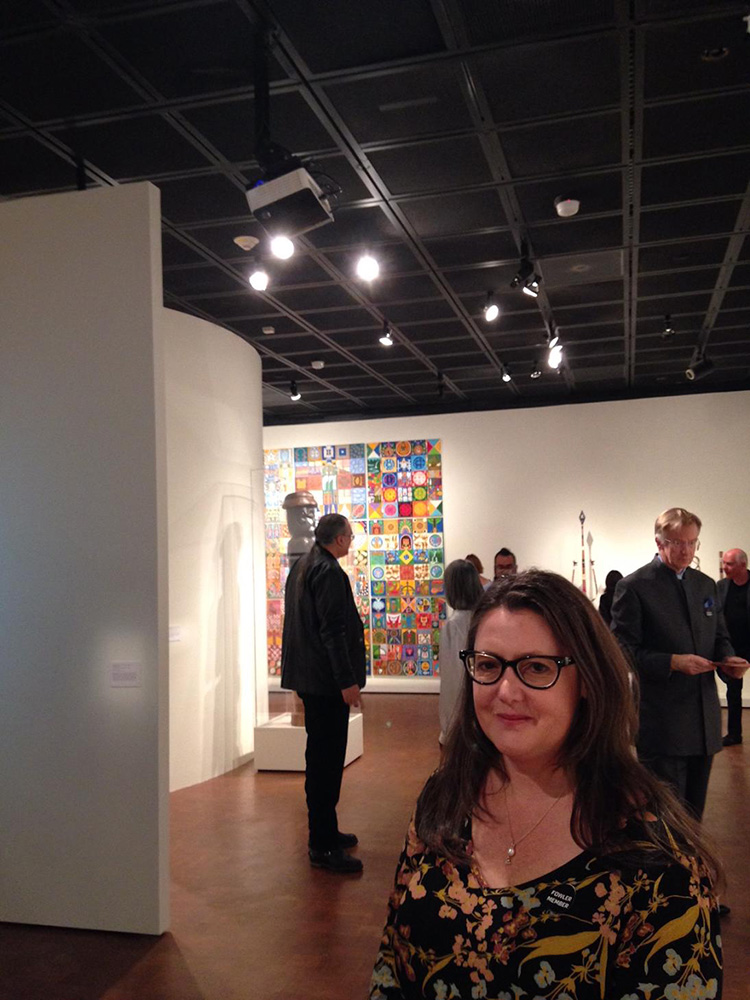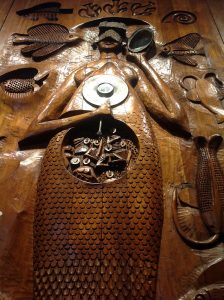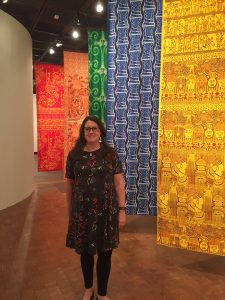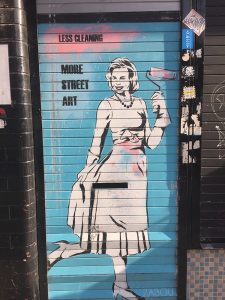Get to know our faculty through this ongoing series. This month, we interviewed Dr. Heather Shirey, Associate Professor and Director of Graduate Studies.

What area of art history/architectural history did you focus on in graduate school? And where did you go?
Soon after completing my undergraduate degree, I entered the MA program in Art History at Tulane University, where my research focused on 19th century French art, specifically Eduard Manet’s religious paintings. I switched gears when I moved to the PhD program at Indiana University. At Indiana University I was fortunate to have a chance to study the arts of Africa and the African Diaspora, and I also did interdisciplinary work in Latin American Studies, which involved coursework in history, political science, literature, and languages. My dissertation research took me to Brazil, where I studied art associated with the African-Brazilian religion Candomblé.

And what area do you focus on now?
I am still very interested in Brazil. One current project focuses on the work of French photographer Pierre Verger, who was based in Bahia, a state in Northeastern Brazil, in the second half of the 20th century. Verger originally worked as a photojournalist, but he also immersed himself in historical research and, later in his career, he curated books of his photographs in order to enter into a dialogue about Bahian identity. Verger produced many photographs of Bahia—especially people and cultural practices–that have come to be seen as the “iconic” representations of the region. These images still have an impact on how Bahia is seen today. While Bahia has often been portrayed through the work of outsiders, I am very interested in the work of contemporary women artists from Bahia who speak back through self-representation. While I greatly enjoy the work of Pierre Verger, I’d like more people to be aware of photographs by young Bahian artists such as Thaís Muníz and Helemozão.

Best advice you have ever received?
Nancy Thompson, an art history professor at St. Olaf college and a great friend of mine, helped talk me through some rocky moments when I was writing my dissertation. I spent a few months (or possibly a few years?) lamenting that writing a “book” was such pressure and I didn’t know if I could do it. Nancy reminded me that a dissertation is NOT a book, it is essentially a “big student paper.” This helped me gain some much-needed perspective. The take away message still sticks with me: when feeling overwhelmed, take a step back and reframe a task, focusing on what can be accomplished rather than on what seems impossible.
If you weren’t a professor, what would you do and why?
I’d probably be a world-famous (but also anonymous) street artist using visual imagery to fight for social justice throughout the world. Another option would be for me to start a business helping people organize their lives, perhaps starting with their closets.

